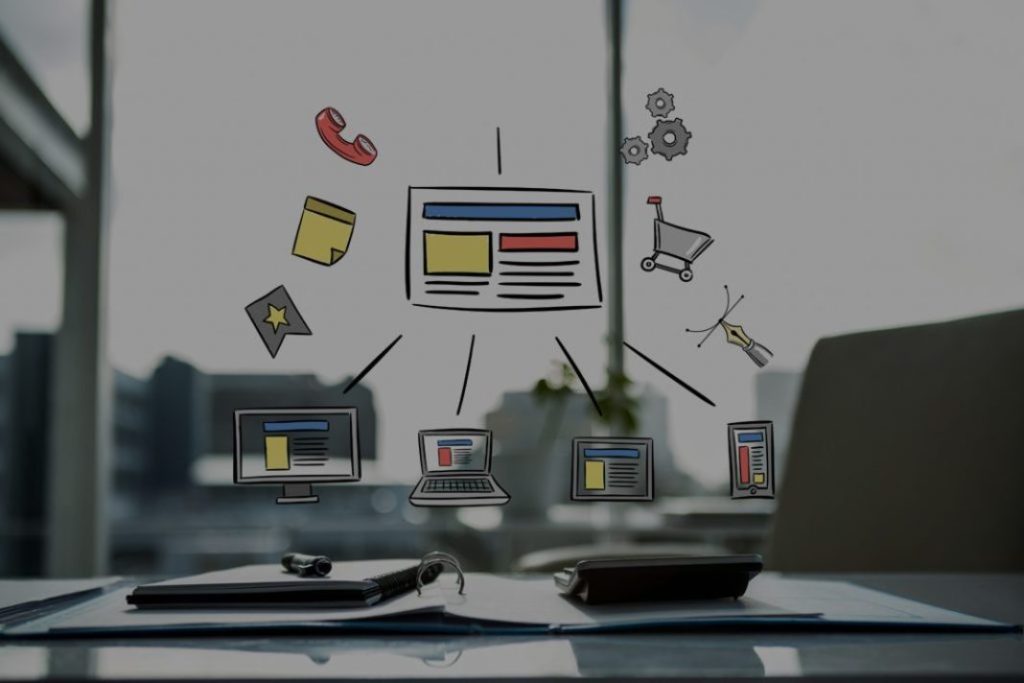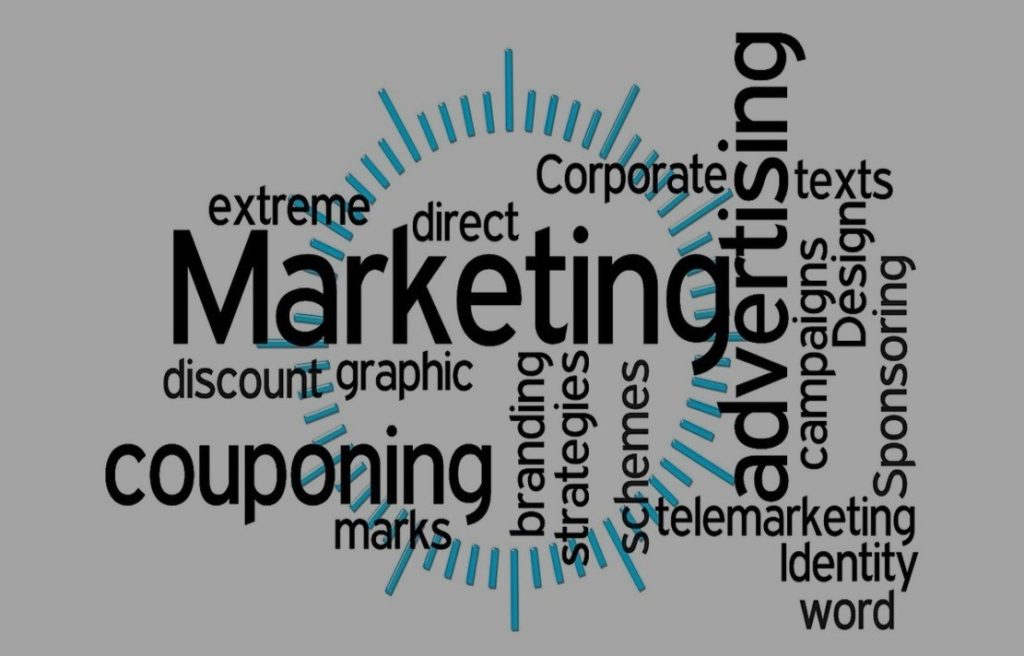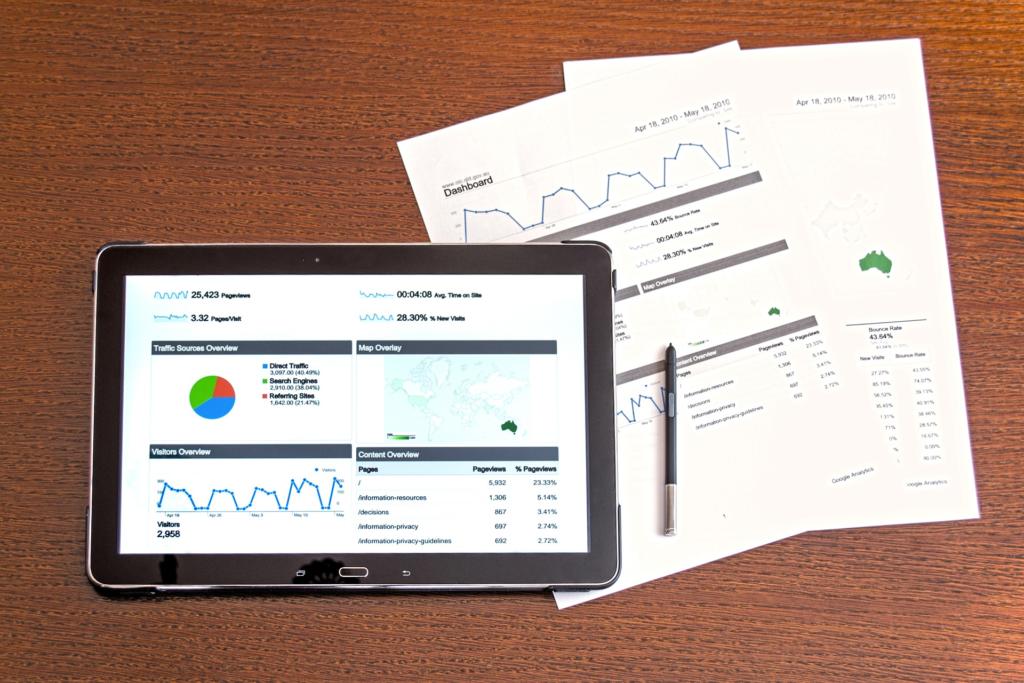How to Make An Efficient Content Pipeline
Read this article to know everything about what is a content pipeline and how can you make an efficient content pipeline marketing template.

Content marketing and the content pipeline are all about attracting, engaging with & converting prospects by engaging with them at the right time on the most suitable platforms across the web. If everything goes spot-on, the process culminates with the clinching of sales. But that’s not all.
Content marketing is also an impeccable tool to promote brand resonance & reflect on the value proposition of products and services – helping customer retention besides acquisition.
To scale up your sales ROI & provide constantly engaging high-quality content, your content marketing needs to be strategic & S-M-A-R-T (Specific, Measurable, Achievable, Realistic & Timely). This is where the idea of an efficient content pipeline comes into the picture.
Content pipeline is the structured indexing of all the information required to execute a highly effective content marketing strategy, to publish quality content at a high frequency. An efficient content pipeline management is about figuring out your ideal persona, creating content relevant to your prospects & customers, & promoting & optimizing the pieces of content for search.
Content marketing is about marketing with commitment & marketers need to understand how different contraptions of a content pipeline fit & work together, as was quoted by Joe Pulizzi, Founder, Content Marketing Institute:
“Content marketing comes down to commitment. There’s no halfway. You’re either in, or you’re out.”
Marketers need to properly visualize the content pipeline framework to optimize it. The content pipeline can be broadly visualized at the preparation, production & publication stages (the 3 P’s of Content Marketing).
What is Pipeline Marketing?
Pipeline marketing is a strategy that focuses on the entire customer journey, from the first interaction with a potential customer to the final sale and beyond. It involves creating a well-defined sales funnel and using various marketing tactics to attract and engage potential customers at each phase of the funnel.
The goal of pipeline marketing is to maximize the conversion of leads into customers by providing targeted messaging and experiences throughout the customer journey. This approach involves using a combination of tactics, such as content marketing, social media marketing, email marketing, PPC advertising, and more, to attract and nurture leads, convert them into customers, and retain them for future business.
By implementing pipeline marketing strategies, businesses can create a more efficient and effective sales process, improve lead generation, and drive revenue growth. It can also help companies better understand their customer base, informing future marketing and sales strategies.
Steps to Creating an Efficient Content Pipeline Template
A content pipeline is a linear & straightforward way to understand the content consumption habits of your prospects at each stage of their buying process, which helps you keep an eye on your prospective buyers & prioritize their content consumption habits to tactfully guide them in their buying process.
Having a content pipeline helps you:
- Easily track all your leads & their content consumption habits
- Fix the loopholes in your content strategy by prioritizing the pieces of content preferred by your audiences
- Selling Systematically
- Diversifying your content as per the users’ preferences
- Optimize the ROI from your content marketing endeavors
- Integrating your content marketing with other marketing endeavors to form an integrated marketing strategy.
The following are some tips to help marketers make an efficient content marketing pipeline template to scale up their sales revenues:
1. Defining Your Buyer Persona & Figuring out Their Pain Points:
The very inception of Content marketing starts with understanding the niche. Marketers need to research their niche & accordingly, figure out their ideal personas. Persona discovery is all about researching the pain points of the prospective customers & inspecting whether you have the products or services at dispense to suffice their requirements.
Targeting & hyper-targeting of the prospects can be done based on their demographics, firmographic, psychographic & technographic insights & can be further refined by implementing intent data & ‘fit data.’
According to American-Canadian public speaker Brain Tracy, marketers should “Approach each customer with the idea of helping him or her solve a problem or achieve a goal, not of selling a product or service.”
A significant part of prospecting involves gathering data or hypotheses about audience interests and needs & optimizing the data-driven insights by serving the prospects with the right pieces of content at the right time.
2. Determine Mediums & Test your Content Ideas:
Marketers need to determine what the best way to reach their target audience. Depending on your niche, your target social platforms may be on several channels across the web. Facebook, Instagram, LinkedIn, and Twitter are the most common platforms where your ideal persona resides.
Marketers must continuously test-run & optimize their content strategy on diverse social media platforms. They must also competitively benchmark their content strategy from time to time.
3. Stick to an Agile Content Strategy:
Adapt to agile ways of content creation to deliver pieces of content faster, to test-run them in real-time & optimize them to deliver
high-value content. Making the entire content creation, submission & editing agile helps marketers carry on with practical ideas & replace the no-so-effective ones to optimize the content pipeline & content strategy.
According to Kristina Halvorson, Founder & CEO of Brain Traffic & Author of Content Strategy for the Web, “High-quality web content that’s useful, usable, and enjoyable is one of the greatest competitive advantages you can create for yourself online.”
Content should also be repurposed. There are many creative ways to repurpose content, resulting in an efficient content pipeline & yield a maximum return from every single piece of content created.
Read more on 5 Ways to Repurpose Content in B2B Marketing
4. Mind the Frequency of Your Content Posting:
Marketers should research the optimal frequency for posting on different platforms. For example, your frequency of posting on social media platforms will be further from the frequency you post blogs on your webwebsite. Again, you should research how often & when you should publish your blogs.
Read More: How Many Blog Posts Should a B2B Company Publish Per Week?
5. Automate Your Content Distribution & Frequently Analyze Your Content Pipeline:
Social listening tools such as Loomly, Hootsuite & Buffer can publish content in alignment with your schedule. Once the content has been created, marketers need to distribute it across all the social platforms & across the web. Furthermore, special impetus needs to be given to defining the Key Performance Indicators (KPIs) to quantitatively & quantitatively assess & optimize the content pipelines.
Wrapping Things Up
Forming an efficient & high-revenue-yielding content pipeline is a constant experimentation & optimization process. Marketers need to continuously monitor & justify how a particular piece of content can be optimally used to reflect brands’ vision and the value proposition of their goods & services. You need to foresee buyers’ interests before your competitors & provide them with the very best content to win over their loyalty & build long-lasting relationships with them. Multivariate testing of content strategy, its implementation & optimization are frequent norms for designing an efficient content pipeline. These processes are as essential as cleaning & repeating experiments in a wet lab.
An efficient content pipeline is the ultimate secret to ensuring uniform content distribution, customer success & engagement, which directly correlate to bolstering your sales ROI.
Valasys Media helps B2B marketers optimize their marketing strategies by deploying services such as lead generation, account-based marketing, lead nurturing, event promotion services, list-building services & content syndication services.



